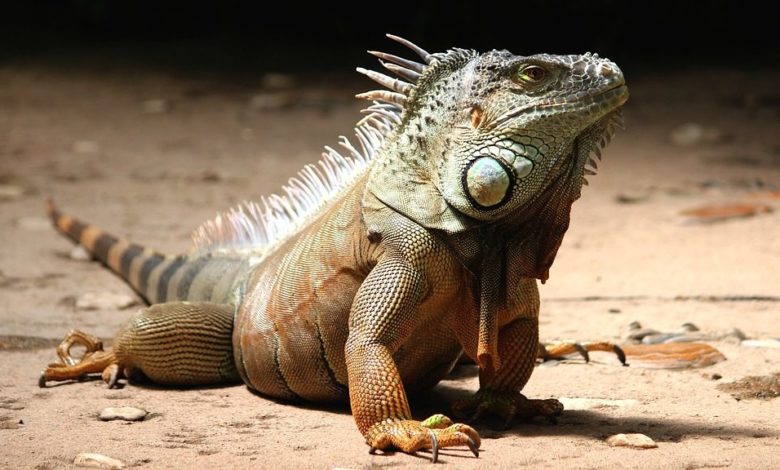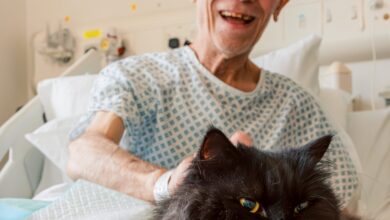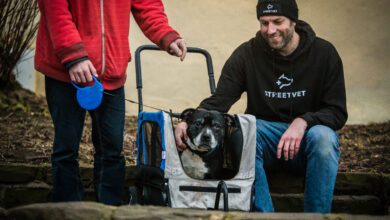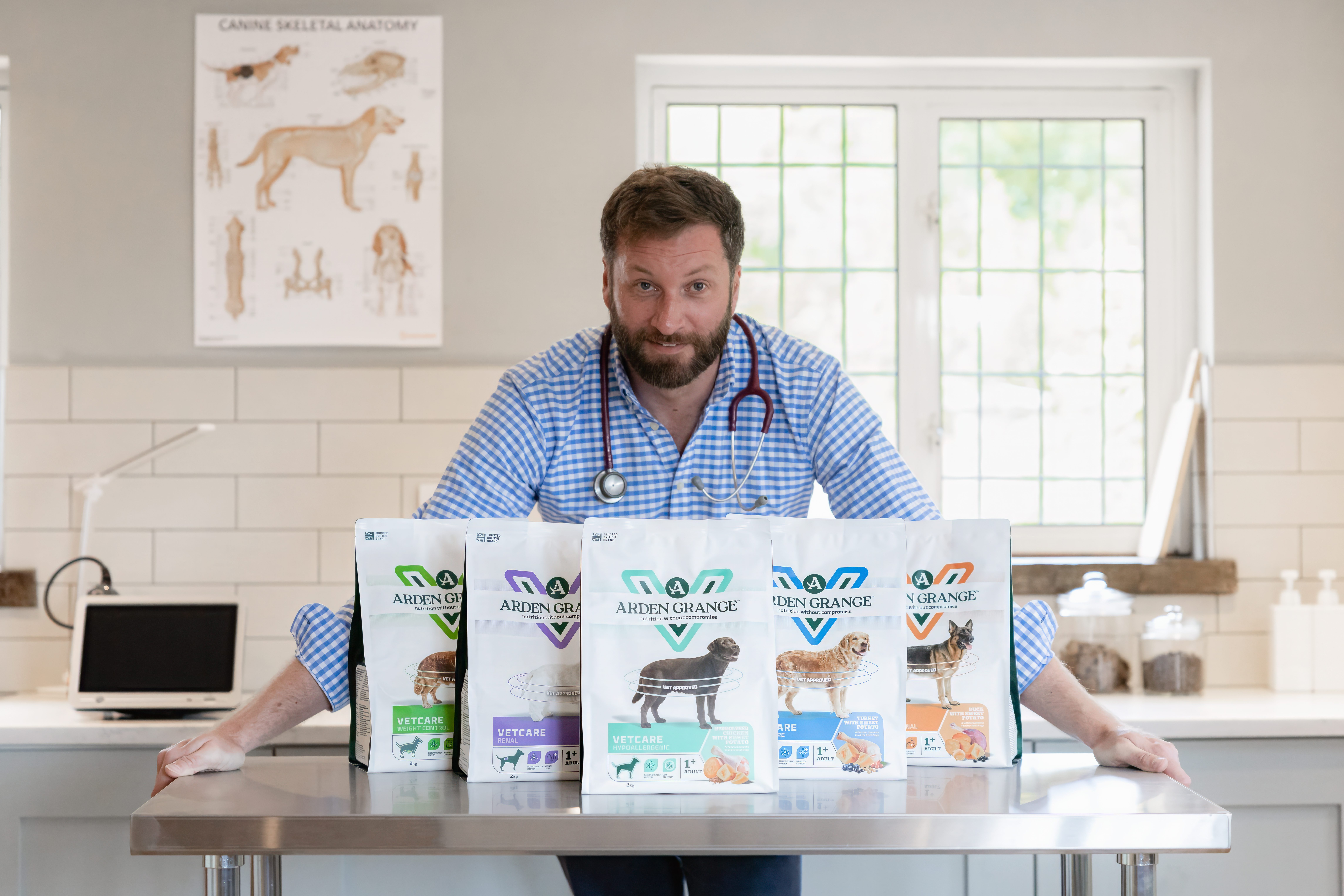Reptile: impaction explained

Register to get 1 free article
Reveal the article below by registering for our email newsletter.
Want unlimited access? View Plans
Already have an account? Sign in
Over the past 18 months we have been looking at the intricacies of ‘nutrition’ within captive reptiles. By reptiles we refer, of course, to the wider trade term used for those that retail ‘reptiles, amphibians and insects’. Yes, it’s a very loose term but each of these groups have roughly the same welfare requirements, needs and nutritional interaction. As such, when I refer to ‘reptiles’ we can extrapolate the ‘theories’ to cover these three groups. In fact, the core of these theories apply to each and every species, including our own. We all have a set of core biological functions and therefore, needs. If we supply these core nutritional and environmental parameters correctly we reduce our overall chance of avoidable harm/disease.
In this article I want to talk about the problem of ‘impaction’. Impaction is a potentially fatal condition usually caused by the ingestion of ‘non-natural’ particles, usually within an under-provided for animal. These particulates are not able to move through the digestive tract properly and start to build up in the intestines. As such, waste matter cannot progress through the animal leading to many internal complications.
There are many myths circulated with regard to the use of loose substrates and impaction, it is vital that we as professionals not only know the truth behind the causes of impaction but that we offer the correct advice in-store so that keepers can use good products safely, negate the risk of impaction and allow their pets to live a ‘wild-like’ life within the enclosures that we have created for them.
The move towards bio-activity is wholly positive from both a welfare and trade point of view but we must make sure that we only sell substrates that pose no risk of becoming an issue when ingested, either accidently or as part of core nutrition. For this we must only use mixes that make up the habitats of the species in the wild. As an example, a substrate made purely of, or consisting of, a high content of coconut fiber (coir) does not occur in the wild. As such the animal will not have developed a ‘use for’ nor a level of ‘protection against’ the material. Couple that with it being very stringy and fibrous and we have a very real risk, not to mention it being nutrient poor and not allowing live plants to grow properly. The same can be said for Calci-sands (CaCo3). This is a non-natural (wild-like) base that does not seem to dissolve in the gut as once thought, becoming almost sticky within digestion and not properly exiting the system.
“There are many variables that seem to act together to make the situation worse. Major factors that have an impact upon the digestive tract include poor hydration, a poor diet, a lack of heat and a lack of enrichment.”
IMPACT OF STRESSORS
Not many of us realise the effect on overall animal wellness due to the impact of stressors on the body. Let’s be clear here, reptiles are highly adapted to life. They are an apex example of how a species can change and adapt within an ecosystem in order to get everything out of it that they can, in order to ‘thrive’. By thrive I refer to an animal that is able to live a long, enriched life, that is able to function as it would in the wild, with as low chance of avoidable disease as possible and that is reproductively positive. Having said that, stress puts a strain on the body and the immune system. Cortisol levels go up and the animal has a reduced ability to go through its usual biological functions.
The ingestion of earth, whether that is via direct ingestion ‘geophagy’, or via indirect methods such as soil adherence to food items, both live, carrion or plant and, of course, via dissolved particles or partially dissolved particles in water is not only totally natural, but can be viewed as being wholly beneficial to the animal. It is certainly a very natural part of the wild feeding process.
USING THE SUN
Impaction, like MBD is ‘man made’. It is the outworking of an under, or improper supply of a core ecological parameter within captive surroundings. Reptiles are incredible! They obtain ‘nutrition’ from every aspect of their lives, as I suggest in my latest book “almost with every breath”. They are living breathing machines that use both external and internal sources of nutrition in order to live, thus projecting their genes into as many generations as possible.
They use an external source of power, namely the sun to obtain the energy that they need to function. This is via heat or ‘Infra-Red-A and Infra-Red-B’. They also use the ‘full-spectrum’ of light including UV to start and maintain critical biological processes within the body and within the visual fields. This assimilated ‘external’ power is then used to move, hunt, feed, exercise, breed and within all aspects of vital organ function. The external energy field and its effective capture then allows them to make use of the nutrition that is consumed during the day including the assimilation, storage and use of critical minerals like calcium via the D3 cycle.
For this to be truly effective the animal’s internal organs must ‘function’! Heat, light, water and movement are all vital within overall organ function. Nutrition comes from every aspect of life, from food, from water and from the localised surroundings. In reality reptiles like all species of animal that consume food in the wild are ‘self-supplementing’ via the ingestion of the mineral base particulates that surround them. These particulates being full-spectrum in terms of their mineral content are wholly beneficial within overall nutrition.
As we can see, the wild-like ingestion of mineral particles is nothing other than a normal part of wild food and water ingestion. Nature has therefore provided a use for and a level of protection against it. We should view the substrates that we use as being the ‘heart’ of a naturalistic or bio-active enclosure. They are both stimulating and nutritionally positive if used correctly and if the external parameters are catered for in a healthy animal
“If we move away from natural materials and do not provide the external and internal sources of nutrition correctly, our animals can run into issues.”
Under hydration and a lack of movement due to underpowering further increases the chance of impaction. If we use natural substrates, large enough enclosures, provide heat, light, energy from light, hydration and humidity and a vastly varied ‘wild-like’ diet, we as forward-thinking keepers will be going some way to provide for an animal’s actual biological needs.
All aspects of nutrition must be provided for in a safe and measurable way with items that are proven to be safe and indeed ‘wild-like’. Enclosures must offer room to move and hunt. We must encourage movement just as we do with humans, this increases blood flow and exercises the muscles, keeping vital organs functioning well. Movement, enrichment and exercise also allows for increased digestive function and expulsion.
We must provide areas of light and shade, heat and cool with areas of seclusion, be that in naturally dug tunnels or caves or indeed from broad leaf plants. This is not rocket science, we look to the wild, learn as much as we can and the try to emulate that in captivity.
All of this is of course the base of the Theory of ‘Wild Re-Creation™’. Taking our queues from nature and implementing everything that we can in a safe and measured way within the enclosures that we build and sell. Substrates are a vital part of this process and if provided correctly can only be viewed as being positive.
John Courteney-Smith’s latest fact-packed book, Bio-Activity and the Theory of Wild Re-Creation, is essential reading for reptile keepers and members of the trade. For more information go to www.arcadia-sales.com/collections/reptile-books.
To listen to John’s free podcasts visit www.chameleonbreeder.com/podcast/ep-55-mbd-uvb-with-john-courteney-smith/







